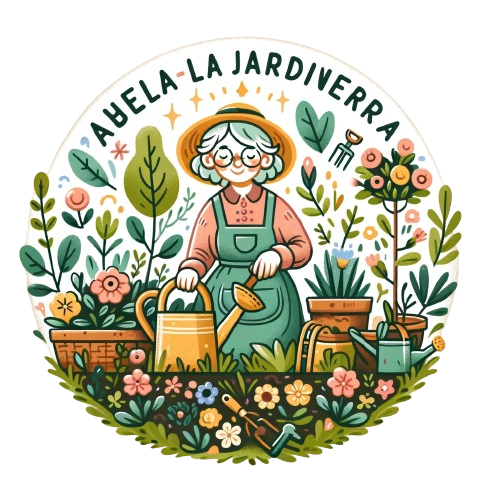Solar irrigation harnesses the power of the sun to create an efficient, cost-effective drip irrigation system that’s perfect for small gardens and sustainable gardening practices. This system utilizes the natural processes of evaporation and condensation under a greenhouse-like cover to water plants consistently and conservatively. Here’s a detailed guide on how to set up your own solar drip irrigation system using everyday materials.
Understanding Solar Irrigation
Solar irrigation is a technique that leverages the greenhouse effect inside a transparent plastic enclosure to facilitate plant watering through evaporation and condensation. This method is especially useful in areas with ample sunlight and is ideal for small-scale gardening projects.
Components of a Solar Drip Irrigation System
1. Transparent Plastic Cover
This cover acts like a mini-greenhouse, trapping heat and moisture. Commonly, the top portion of a 5-liter PET bottle can be used.
2. Container for Irrigation Water
A smaller PET bottle (such as a 1.5-liter bottle) can serve as the reservoir for irrigation water.
How Solar Irrigation Works
Setup
- Cut the top off a 5-liter PET bottle and use it as the cover.
- Place a smaller, 1.5-liter bottle filled with water inside the larger bottle base.
- Seal the system with the top of the larger bottle to create a closed environment.
Function
- The water in the smaller bottle evaporates due to the increased temperature inside the enclosed space, a result of the greenhouse effect.
- The moisture condenses on the cooler walls of the larger bottle and drips down, watering the plants continuously.
- This cycle of evaporation and condensation provides a consistent supply of water, mimicking a natural, gentle rain.
Installation Tips
- Location: Place your solar irrigation system in a part of the garden that receives full sunlight for most of the day to maximize the evaporation process.
- Water Refills: Monitor the water level in the smaller bottle regularly and refill it as needed to ensure your plants receive consistent moisture.
- Scaling Up: For larger gardens, multiple solar irrigation units can be installed to cover more ground. Learn more about mastering drip irrigation for fruit trees.
Advantages of Solar Drip Irrigation
- Cost-Effective: Utilizes recycled materials, reducing costs and environmental impact.
- Low Maintenance: Requires minimal supervision once set up, only needing occasional refilling of the water container.
- Water Efficiency: Reduces water wastage by directly condensing moisture onto the plant area, ensuring that water is not lost to evaporation into the surrounding environment.
- Eco-Friendly: Promotes sustainable gardening by using solar energy and helping to recycle plastic bottles.
Solar drip irrigation is a simple, ingenious solution for gardeners looking to reduce water usage while maintaining a lush garden. By repurposing common household items, you can create a self-sustaining system that not only conserves water but also contributes to your sustainability goals. Whether you have a small vegetable patch or a range of potted plants, solar irrigation can be a game-changer for your gardening practices. For more innovative gardening solutions, check out how to create a DIY drip irrigation system and keep your plants happy and hydrated with a DIY drip irrigation system.

